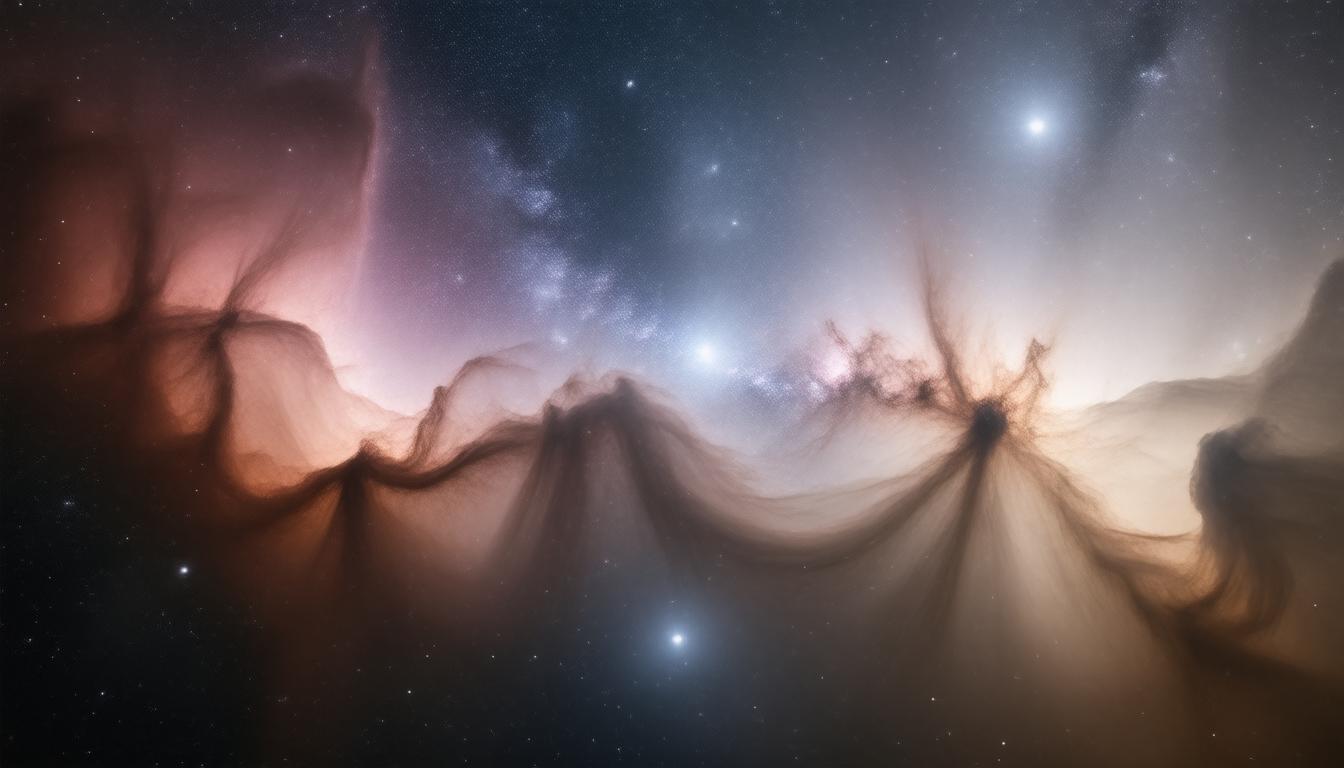The cosmos has fascinated humanity for centuries, offering a realm of endless possibilities and mysteries waiting to be explored. As we look up at the star-studded sky, we are reminded of our place in this vast universe. This article delves into the wonders of the cosmos, examining structures within it, the origins of the universe, the intriguing concept of cosmic expansion, and the future of exploration technologies that will pave the way for our understanding. Join us as we unfold the intricate narrative of our cosmos and discover what lies beyond our earthly confines.
Topics
- The cosmos is a vast structure composed of galaxies, stars, and planets that form our universe.
- The Big Bang Theory provides insights into the origins and evolution of the universe.
- Cosmic expansion, fueled by dark energy, reveals the ongoing growth of the universe over time.
- Advanced technologies and missions are crucial for future exploration and understanding of the cosmos.
- Studying the cosmos helps us unravel fundamental mysteries about existence and our place in the universe.
1. The Structure of the Cosmos: Galaxies, Stars, and Planets
Understanding the structure of the cosmos is essential for grasping the vastness of the universe and our place within it. The cosmos is primarily composed of galaxies, which are massive systems of stars, stellar remnants, gas, dust, and dark matter. Each galaxy serves as a home for billions of stars, many of which host their own planetary systems. For instance, the Milky Way, our home galaxy, contains over 100 billion stars, with an incredible diversity of planets orbiting them. Stars, formed from dense clouds of gas, go through life cycles that ultimately contribute to the formation of new elements through nuclear fusion. This process not only powers the stars but also leads to the creation of planets, asteroids, and other celestial bodies. By studying the cosmos, astronomers aim to unveil the mysteries of these structures, exploring how galaxies merge, how stars are born, and the potential for life on distant planets. This intricate web of cosmic phenomena illustrates the beautiful complexity of the universe and continually inspires our quest for knowledge.
2. The Origins of the Universe: Big Bang Theory and Beyond
The origins of the universe have fascinated humanity for centuries, leading to the development of various theories, the most prominent being the Big Bang Theory. According to this widely accepted scientific model, the cosmos began approximately
13.8 billion years ago from an infinitely dense point known as a singularity. This explosive event marked the birth of space, time, and matter, leading to the rapid expansion of the cosmos. As the universe cooled, particles began to form, giving rise to atoms, which later coalesced to form stars and galaxies. However, the journey of understanding the cosmos doesn’t end with the Big Bang Theory. Scientists are continually exploring concepts like cosmic inflation, dark matter, and dark energy to unravel the complexities of our universe’s evolution. The quest for knowledge about the cosmos invites not only astrophysicists but also curious minds from various fields, emphasizing the interconnected nature of our existence and the cosmos itself.
‘The cosmos is all that is, or ever was, or ever will be.’ – Carl Sagan
3. The Expanding Universe: Understanding Cosmic Expansion and Dark Energy
The cosmos, vast and mysterious, has captivated humanity’s imagination for centuries. One of the most intriguing aspects of the cosmos is its expansion, a phenomenon that has transformed our understanding of the universe. This expansion is primarily driven by dark energy, an enigmatic force that makes up about 68% of the universe. As we delve deeper into the concept of cosmic expansion, it becomes apparent that galaxies are moving away from each other, indicating that the universe is not static but is continually growing. The discovery of this expansion, first observed by Edwin Hubble in the 1920s, led to the formulation of the Big Bang theory, suggesting that the cosmos was once concentrated into a singularity before it began to expand around
13.8 billion years ago. The implications of dark energy challenge our existing theories of physics, prompting scientists to explore new avenues in cosmology. Understanding the universe’s expansion not only reshapes our perception of the cosmos but also raises profound questions about its ultimate fate, prompting continuing research and exploration in the field.
4. The Future of Cosmic Exploration: Technologies and Missions Paving the Way
The future of cosmic exploration promises to be an exciting and transformative era, driven by groundbreaking technologies and ambitious missions designed to expand our understanding of the cosmos. In recent years, advancements in propulsion systems, such as ion drives and solar sails, have paved the way for faster and more efficient travel across vast distances in space. Innovative spacecraft, including NASA’s Perseverance rover and the upcoming James Webb Space Telescope, are set to provide invaluable data on planetary geology, atmospheres, and the potential for life beyond Earth. Furthermore, collaborations between international space agencies and private enterprises are enabling the development of cutting-edge technologies, such as autonomous navigation systems and improved life support mechanisms, crucial for human missions to Mars and eventually beyond. As we look to the stars, these efforts not only signify a leap forward in our quest to explore the cosmos, but they also ignite the imagination of the next generation of explorers, inspiring a deeper connection to the universe and our place within it.
Improve your professional profile AND do your part to contribute and advance human civilization by becoming a member today.



